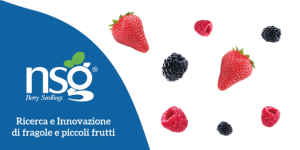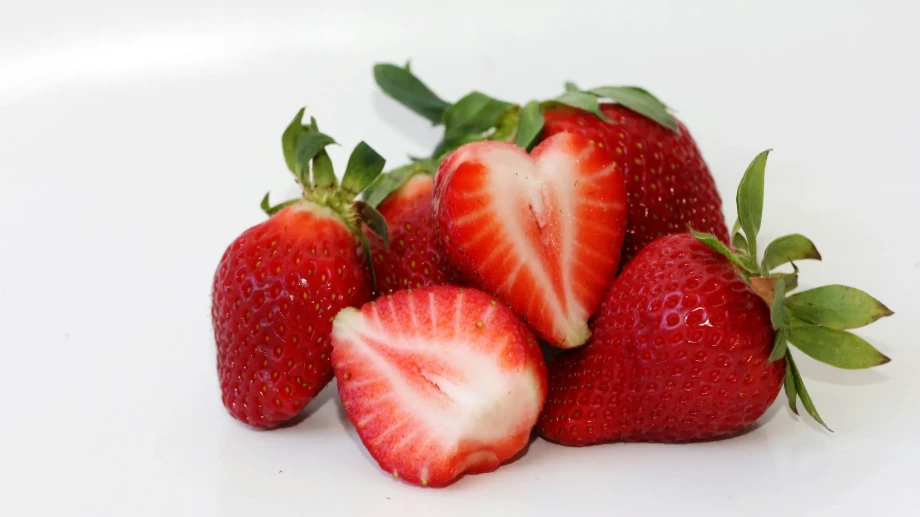The strawberry is increasingly in demand on the market, its presence has extended, and the Italian origin is available 12 months a year. An appealing fruit even for children, a tool that connects the new generations to fruit. And the national product is also appreciated abroad.
Good? Not quite. The problem is in the field where, as seen in the first months of 2025, production shares were missing. Consequence: fluctuating prices.
More research and more tools are needed to make it faster and therefore more responsive to market needs. These are some of the topics that animated the round table in Berry Area, within Macfrut in Rimini, organized by Italian Berry together with Crea and dedicated to “Strawberry 2025: the point on the Italian season”.
And now Italian strawberries are sold abroad
There has often been talk of the strong presence of Spanish product in the Italian market, but today the Italian origin has significantly expanded and goes beyond our borders. A big leap as highlighted by Pietro Ciardiello of Italia Ortofrutta: “Exports account for 50% of production, great success in strategic lines such as processed products and baby food where the Italian strawberry is confirming itself as a reliable and sustainable origin.
Critical issues remain, mainly regarding the shortage of labor in the fields.” A brief summary where the progress of the red fruit stands out, even in a difficult situation on the labor and climate change side.
A 2025 where product was lacking
The imbalance between production and demand is highlighted by Carmela Suriano of Nova Siri Genetics: “The elimination of some plant protection agents has led to a drop in yield: 11% in Spain and 14% in Italy. Faced with a growing demand, we have a reduction in quantities produced.
In Basilicata, while areas are increasing, yields and therefore production have decreased. This difficulty starts from the nursery stage, where there are problems both in productive yields and in variability in yields and times due to weather fluctuations, and it reaches the large-scale retail trade, which has increasing difficulties in meeting the needs of a regular and growing demand.”
Despite the critical period, “Our varieties, in a difficult year like this, have given very positive results. These are new cultivars with good productive performance even in the presence of significant climate fluctuations.
In particular, Marimbella has allowed production to continue even in the presence of temperature fluctuations of 10-15° C (50-59° F) over the course of the same day.”
Accelerating research, even with AI
Federico Stanzani, director of Civ (Italian Nurserymen Consortium), echoed what Suriano pointed out: “It is essential to combine new breeding techniques with AI. We have requests from large-scale retail and consumers that we can only meet in 5-7 years: we must try to reduce these development times.”
Shortening timelines is the goal.
Spain struggling, but genetics helps
And in Spain, specifically in Huelva, the capital of Spanish strawberries? The 2025 diary is compiled by Francisco del Rosal, technician of the Cuna de Platero cooperative. We’re talking about 10% of the 650 hectares and about 100 producers.
“The year has been very difficult, very different from previous years: after years of lack of rain, this year’s abundant rainfall has created a very fluctuating availability. Overall production was similar to last year thanks to genetics.”
The strategy is diversification: “More varieties with different characteristics, we plant over 10 varieties to ensure a regular supply.” The method works as we “expect the season to last longer than last year.”
If there’s quality, there’s price
Mirko Zanelli, commercial director of Apofruit, looks at the department. “We must start from a great truth: the consumer is available if faced with certain, consistent quality that keeps its promise and is not as attached to price as we often believe.
The market is therefore receptive and can meet the needs of the entire supply chain. Enhancing the product by linking it to territories like Basilicata and Romagna. Even Europe recognizes healthiness, continuity, and quality in Italian strawberries.”
A brief but clear summary: if quality is good, the price becomes fair.
What to do?
Critical issues and opportunities are clear and well illustrated by sector protagonists who, as Carmela Suriano points out, “must see their needs respected. Everyone must have the right benefits.”
A good product is needed, attention to shelf life for the Northern European market; with “the final goal being flavor, aroma, juiciness, color, brilliance.”
It can be done, but as Pietro Ciardiello says: “In Italy, we must learn to work as a system and respect the work of others. In ten years we have made very important progress: there are Italian strawberries that work well. It is necessary to work as a system.”
An example: “We have a collaboration with Crea to look for solutions for production health (soils and plants). It is also necessary to collaborate between producers from different countries: the problems are the same and we must move together.”
Not even with strawberries “can anyone be saved alone,” as Pope Francis said.
Gian Basilio Nieddu
Berry AreaThis article is part of a series dedicated to Berry Area in co-operation with Macfrut 2025. This content is in support of the event which will take place May 6-8, 2025 in Rimini Expo Centre, where the Berry Area stands as a reference point for all those seeking innovative solutions for the production and marketing of berries. 👉 Learn more about the Berry Area at this link. |









